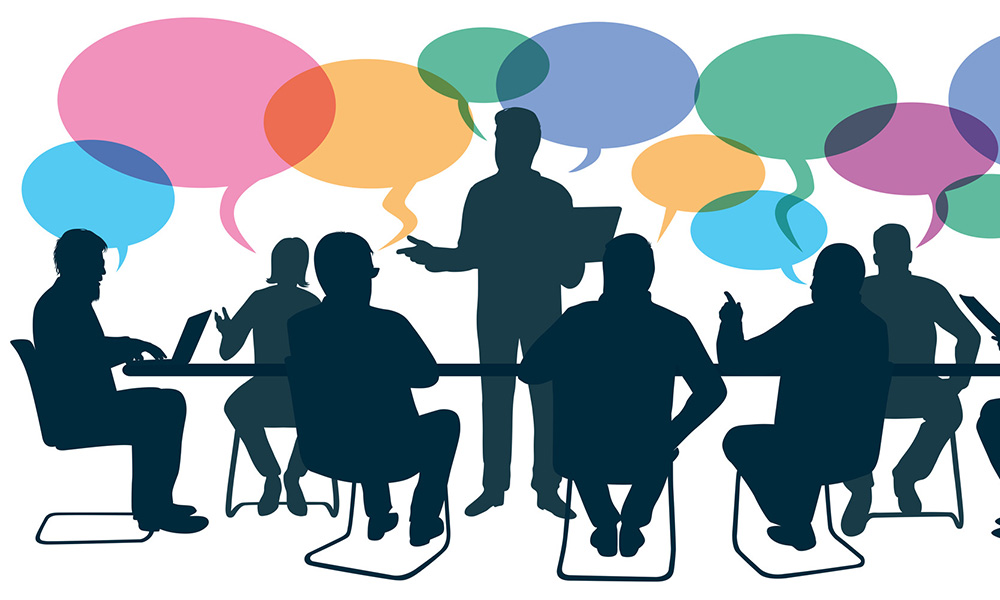“All life is an experiment. The more experiments you make, the better” – Ralph Waldo Emerson
How does a chess player go from good to great? What sets an extraordinary classical musician apart from the crowd? Why do some cricketers achieve legendary status, while others lag behind? According to author Malcolm Gladwell, the clinching factor is practice. You have probably come across Gladwell’s 10,000 Hours Rule, which states that “ten thousand hours is the magic number of greatness”. In other words, Gladwell claims that you need at least 10,000 hours of deliberate practice in order to achieve distinction in any field.
However, according to a recent Princeton study, this rule has significant limitations. Rigorous practice over a period of years can make a serious difference when it comes to performance in games (26 percent), music (21 percent), and sports (18 percent). As far as professionals are concerned, the 10,000 Hours Rule is practically useless: all those hours of effort result in a measly 1 percent variation! As it turns out, practice can have a huge impact in certain domains, where things change slowly or not at all, such as sports or classical music. In business and technology, on the other hand, it simply doesn’t make sense to spend thousands of valuable hours doing something in a particular way – because these fields are constantly shifting and changing.
So, how can we achieve greatness if not by doing the same thing in the same way, over and over again, until it’s perfect? The answer is to do the same thing differently, over and over again, until it’s perfect. In his article, Forget The 10,000-Hour Rule; Edison, Bezos, & Zuckerberg Follow The 10,000-Experiment Rule, Michael Simmons, uses the example of Thomas Edison, one of the most prolific geniuses of the modern age.
He points out that contrary to popular belief, Edison did not invent the light bulb – he simply came up with a version that was suitable for household use. In fact, by the time he started working on the light bulb problem, 23 other people had already come up with early-stage versions. What enabled Edison to succeed in this cut-throat environment was his willingness to experiment ceaselessly. His team spent day after day doing hundreds of tests, coming up with a myriad of ways to build a lightbulb that was perfect for everyday usage in homes. And eventually, they pulled it off. Edison would later go on to achieve incredible success in a variety of other fields, from telecommunications and batteries, to motion pictures and sound recording – all on the strength of his nimble invention approach.
Edison is the perfect example of the 10,000 Experiments Rule, which many experts now believe to be a far more realistic path to achieving professional mastery.
So, drawing from this, my message this week focuses on embracing experimentation as a means to success.
Here are some of the key aspects that Simmons suggests to keep in mind as you embark on your journey of creativity and openness:
1. Begin with curiosity
Your experiments can be about absolutely anything that interests you; for instance, which sales approach produces the best results, what kind of eating habits give you more energy, whether certain meeting protocols enable faster decision-making, etc. Make it a point to play around with different methodologies and gather data along the way – this will ultimately help you decide what works best. For instance, if you want to determine whether asking insightful questions leads to better relationships with customers, then every single customer interaction becomes an opportunity to test the hypothesis and collect relevant information.
One way to kickstart the process is to create a “to-test” list at the beginning of the week, with a few ideas – professional or otherwise – that spark your curiosity. You could even set up a long, focused experiment over a period of time. For instance, television producer Shonda Rhimes conducted a year-long personal growth test called the Year of Yes, during which she accepted every single social invitation that came her way, with the aim of curbing her workaholism and social anxiety. Simmons also recommends including at least one, potentially life-changing “jackpot experiment”:
First, identify at least one jackpot experiment that could change your life. The road to deliberate experimentation starts with one experiment, but not all experiments are created equal…. When picking a first jackpot experiment to pursue, you want to pursue an experiment that is easy to do monetarily and timewise, has the potential to be life changing, and carries a reasonable probability of paying off.
2. Create space for reflection
What is common to many outstanding entrepreneurs and businesspeople across the globe is the fact that they consciously spend a significant portion of their time thinking and reflecting. This is crucial to continual innovation: pondering the gathered data helps you make sense of it, while allowing your mind to wander allows you to come up with ideas for future experimentation. It may sound strange to set apart “time to think” in your schedule, but it’s a great long-term strategy for those of you who want to develop a more creative approach to solving problems.
3. Be an everyday scientist
In order to complete 10,000 experiments over a period of say 10 years, you would need to conduct at least three tests per day. Researcher Dean Keith Simonton has studied professional success stories for years, analysing their career trajectories to locate patterns. He came up with a fascinating insight: top creative minds don’t have great ideas from the get-go; they come up with tons of bad ideas, just like anyone else. The all-important difference is that they produce a much larger number of ideas. So, while they have far more losses than the average person, they also enjoy more wins.
Essentially, this means that you can improve your success rate simply by conducting a lot more experiments. The best part of the 10,000 Experiments Rule is that your tests don’t need to be terribly complex and time-consuming – even small, everyday experiments enable you to step out of your comfort zone and gain valuable learnings.
4. Make technology work for you
In today’s world, you don’t need a full-fledged laboratory to be an innovator. With an ever-increasing array of devices and apps at your fingertips, you can easily track and collate all sorts of data. Be it monitoring the quality of your sleep, recording practice presentations, or tracking productivity patterns, the availability of smart tools has facilitated everyday experimentation like never before. Get proactive and explore the kinds of technologies that are out there – learning about an exciting new tool might just inspire you to delve into a brand-new area.
5. Don’t fear failure
Did you know that Pixar came up with a mind-boggling 100,000 storyboards (step-by-step plot sequences) for the plot of its hit movie, Wall-E? That means that 99,999 of the storyboards were rejected. It’s imperative for any innovator to understand that failure (lots of it!) is a necessary by-product of creative success. Jeff Bezos, founder of Amazon.com, explains that one big win more than makes up for all the heartache along the way:
Given a ten percent chance of a 100 times payoff, you should take that bet every time. But you’re still going to be wrong nine times out of ten. We all know that if you swing for the fences, you’re going to strike out a lot, but you’re also going to hit some home runs. The difference between baseball and business, however, is that baseball has a truncated outcome distribution. When you swing, no matter how well you connect with the ball, the most runs you can get is four. In business, every once in a while, when you step up to the plate, you can score 1,000 runs.
6. Invest in learning
From Bill Gates to Oprah Winfrey, some of the most impactful leaders of our times make it a point to constantly learn more and explore new areas – whether through reading, reflection, or experimentation. Simmons, co-founder of Empact, spent a year poring over the personal habits of top business leaders and found that five hours a week is the magic number when it comes to intentional learning. This is the minimum amount of time you should spend on gaining new knowledge, conducting tests, or picking up unfamiliar skills in order to stay relevant and become exceptional. Without this ongoing investment of time and effort, you run the risk of becoming outdated and obsolete in a rapidly changing business landscape.
As leaders, we have to create an enabling environment and help shape a culture of experimentation.
Many times, we end up stifling experimentation through our desire for stability and our need for control. We need to become comfortable with some of the inherent messiness and chaos that is entailed with experimentation. We need to encourage and give our team members more time and space to experiment. Only then, will we able to become more innovative as a company.
As always, I look forward to your thoughts.








Awesome post.